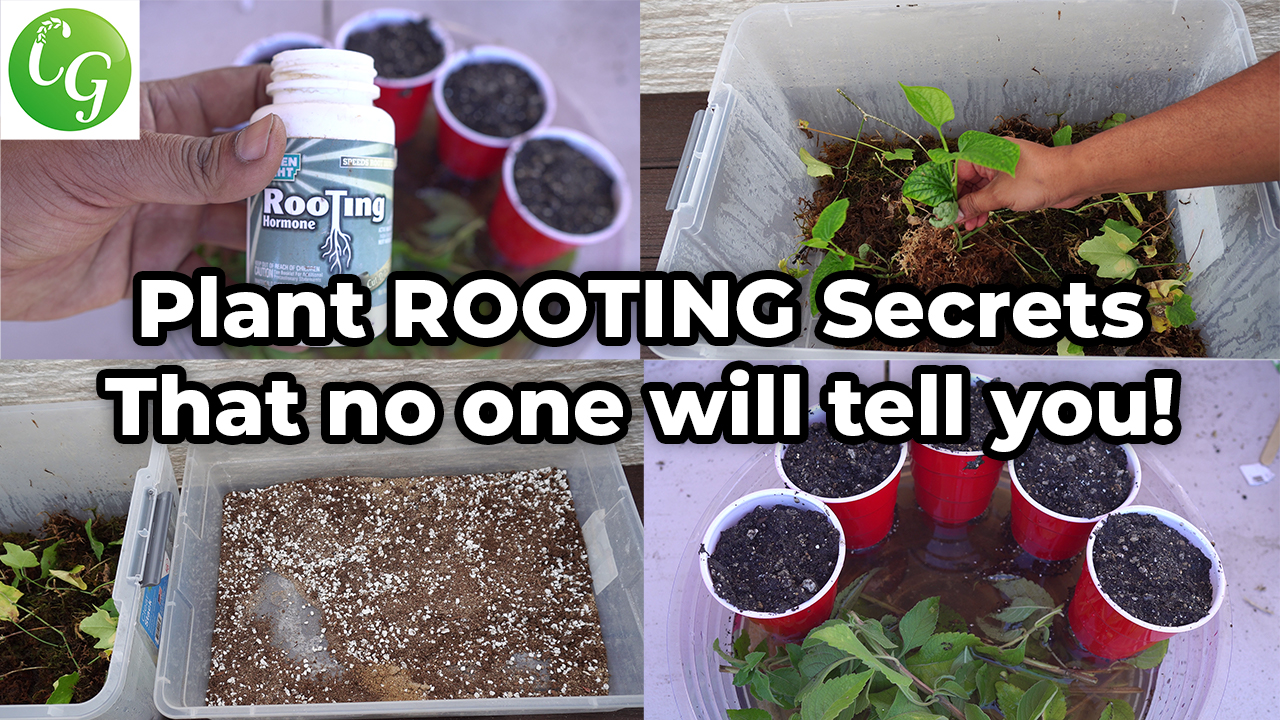
Plant propagation via seeds is one of the most common ways to start plants. In this video blog you will learn what?s the best mix to use for starting seeds, containers to use for propagating seeds, how to fertilize and nourish your seedlings as they grow, how to up pot seedlings to larger containers, and finally when to transplant the seedlings outdoors so they grow into strong plants.
So, when is a good time to start seeds? You can start seeds 6-8 weeks before the last frost date in your region. If you don?t know the last frost date in your region you can look it up on the web using your zip code. In Irvine, CA the last frost date is 24th February. And, we start tomatoes, peppers, eggplant seeds in the first week of January and the heat loving plants like gourds, okra and cucumbers around mid-February.
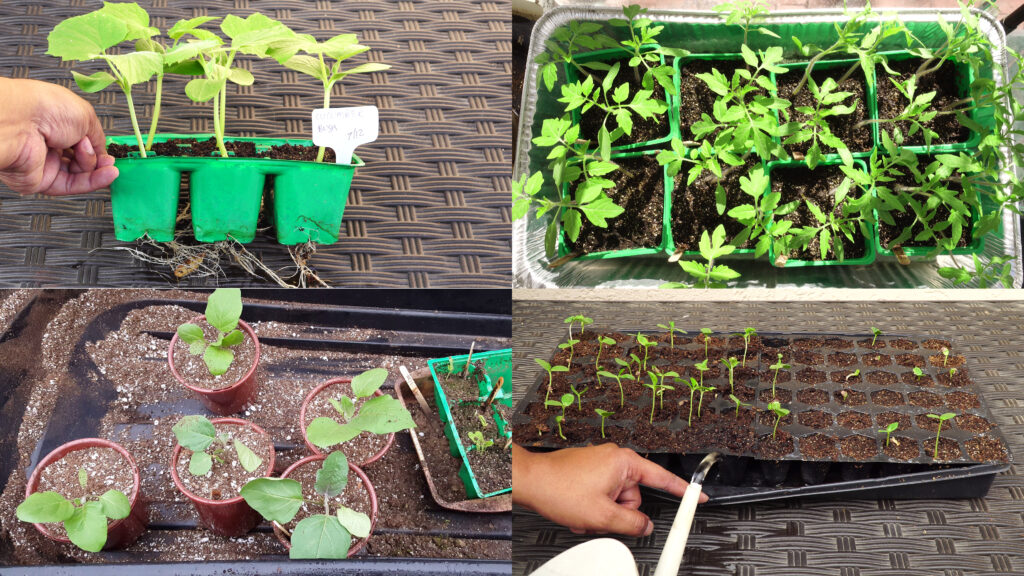
Propagating plants from seeds
You can use any container that has drainage holes to start your seeds. You can use any seed starting kit, the six-pack seed starting cells that I prefer, plastic or Styrofoam cups, or peat pellets whatever works for you. Once the seeds are sowed you can keep them in any tray, we typically use a 10×20 tray also called a 1020 tray. While it?s optional we would recommend that you use a humidity dome to cover your seedlings.
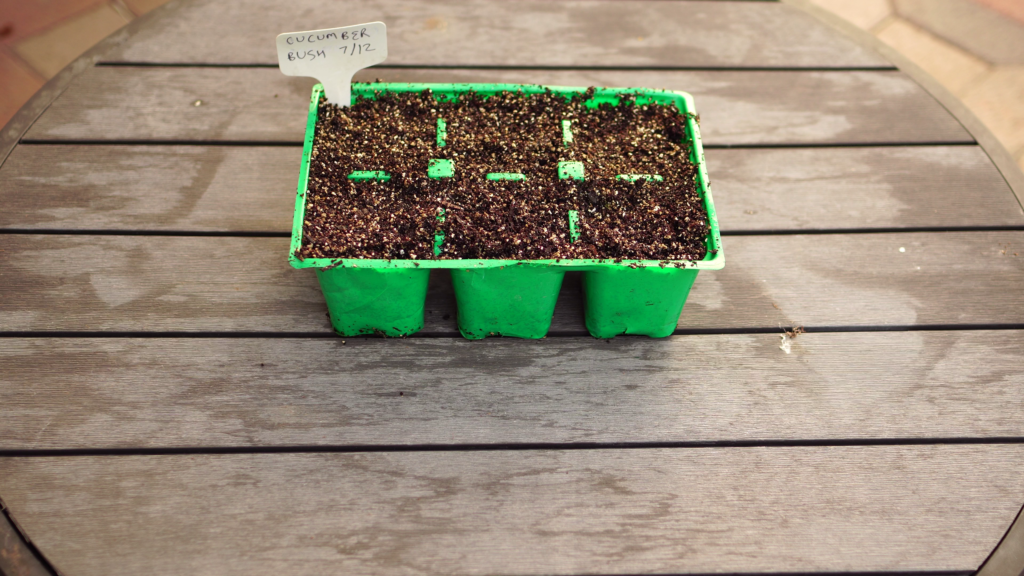
Six cell seed starting kit
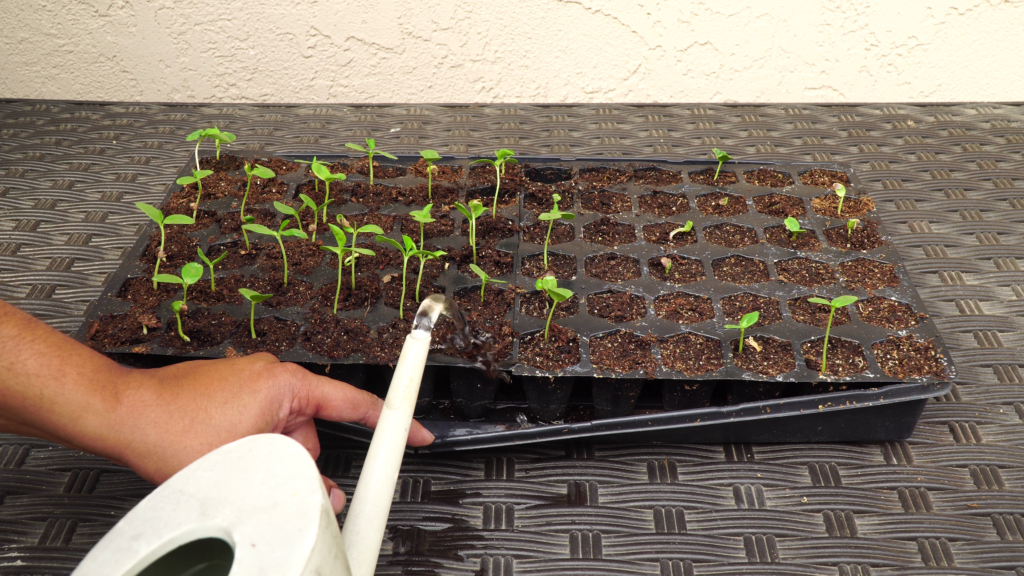
Watering seedlings
Most seeds need a warm and humid environment to germinate. You can alternatively keep the seeds indoors or under a grow light. Though seeds do not require light to germinate, they will need light as soon as they break out from the soil. You can use a good quality grow light and grow the seedling indoors, or safely house your seedlings in an outdoor greenhouse if the temperature in your region is moderate.
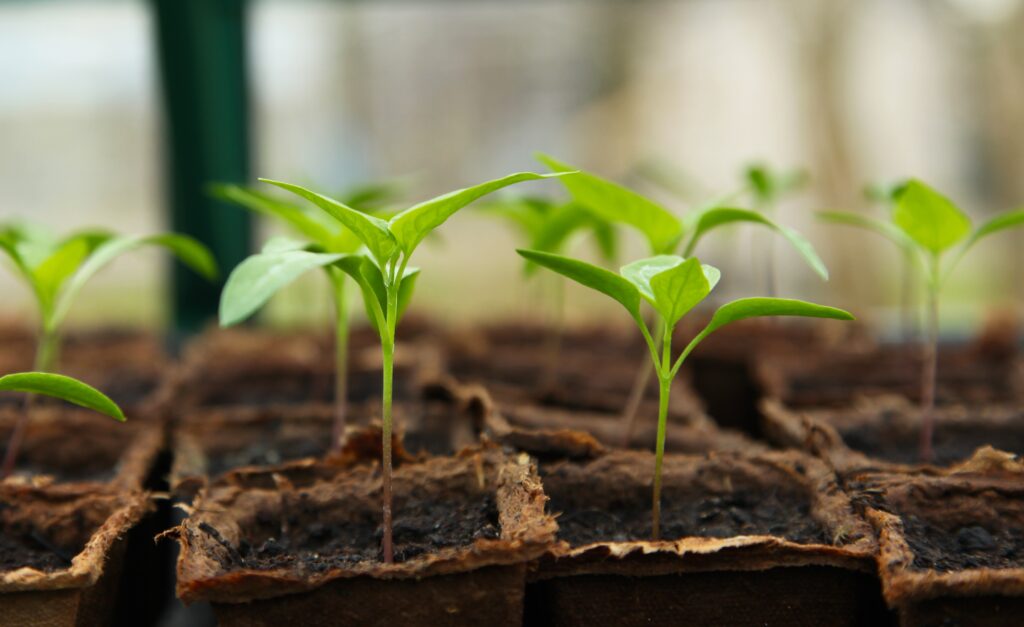
Seedlings growing indoors
What potting mix to use for starting seeds? You can use a ready to use seed starting mix like the ?Jiffy organic seed starting mix?, or make your own seed starting mixes. Making your own mix is more cost effective if you are starting lot of seeds for the next growing season. We use a sterile mixture of coconut coir, perlite, peat moss, and worm castings. Avoid compost, garden soil, or organic matter in your seed starting mix as you may get fungus gnats from killing your seedlings. The seedlings once sowed in this mix should have enough nutrition from the seeds or cotyledons for about 2 weeks.
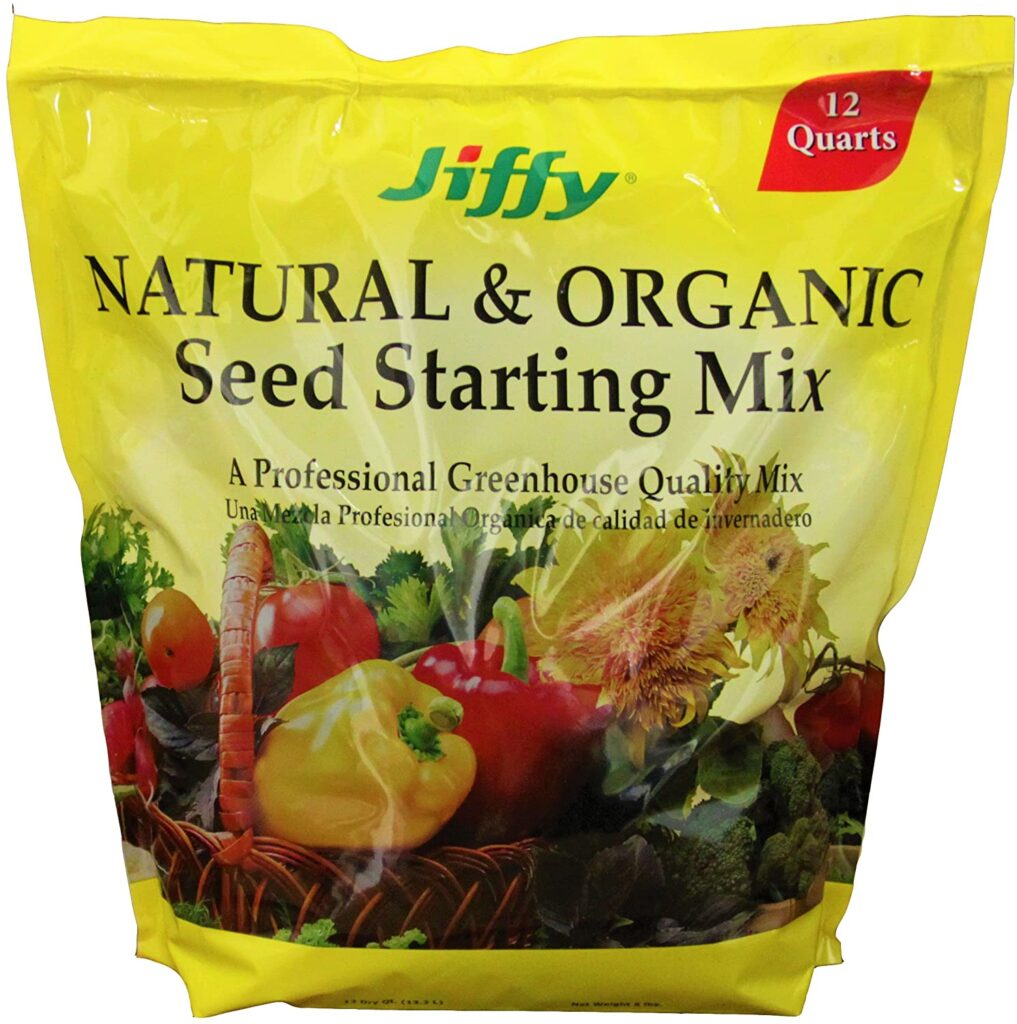
Ready made seed starting mix
You will need to fertilize as soon as you notice the first set of leaves appear. The easiest and most effective method to nourish your plants is to apply worm tea or compost tea. Worm tea provides nutrients and will not burn your plants. Pour diluted worm tea in the base of your seed starting tray, never from the top so as not to disturb the delicate seedlings. If you are a vegan, or want to use non animal products you can use a salt-based fertilizer as an alternative.
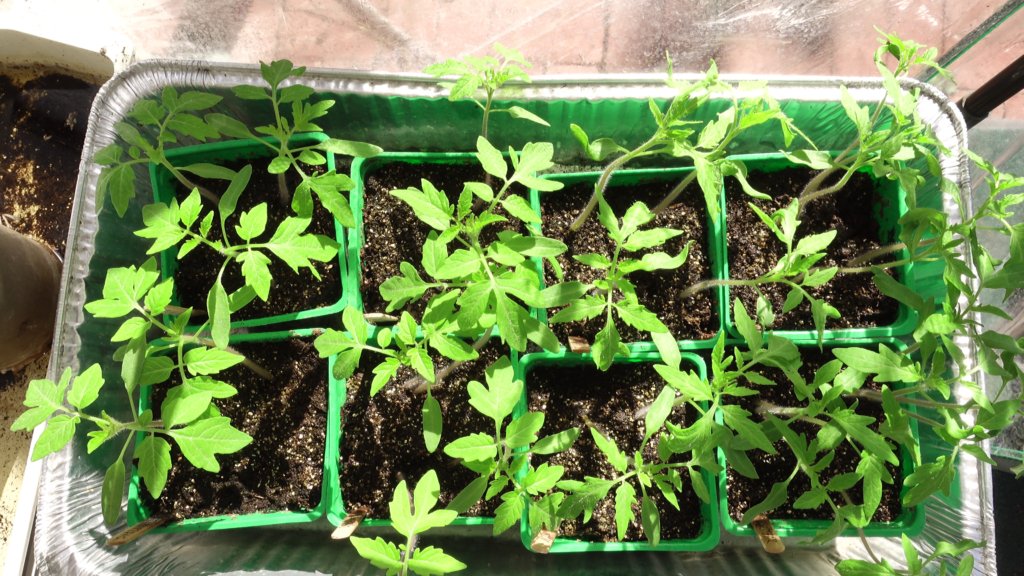
Seedlings ready for up-potting
When your seedlings have grown, and their roots are well-formed, you can up-pot the seedlings into larger containers. Use a good quality potting mix, add a handful of worm castings, organic fertilizer to enrich the mix. Up-pot seedlings to larger containers to save time while your garden is being prepared. At this stage you may want to split two seedlings incase you didn?t thin during planting and pot them in separate containers. Another problem than up-potting can solve is if your seedlings are leggy. You can up-pot the leggy seedling, plant them deeper, and they will grow stronger before they are ready to transplant.
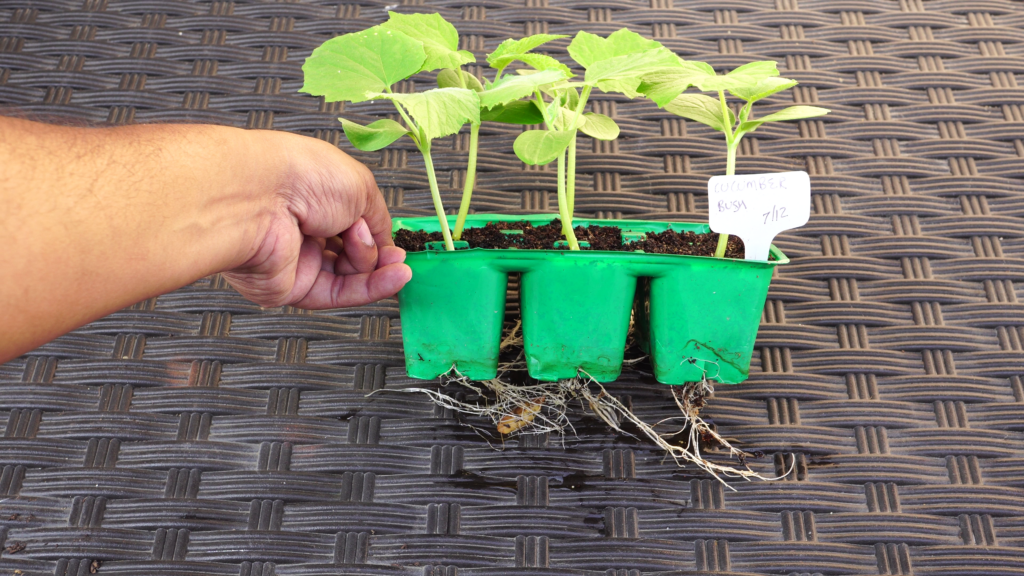
The final step is to transplant your seedlings. Once the last frost date in your region has passed, you need to work your soil well, add organic matter, and start transplanting your seedlings outdoors. Make sure you water your seedlings very well after planting and enjoy as you watch them grow stronger each day and produce a bounty. To learn more on how to propagate plants from seeds watch the video at Plant Propagation – Seed Starting, Fertilizer For Seedlings, Transplanting Plants Masterclass!

Please let me know if you have a ivy gourd cutting . I would like to buy .
We?re practically neighbors as I live in Fountain Valley Ca and will try indoor seed starting for the first time! Am I too late and if not when do you move your seedlings from 3? size to up planted to the outdoors?
Thank you I?m learning so much from you.
Charli
Thank you for sharing this article. Tips and advice are all helpful to all gardeners. Keep sharing more articles like this.